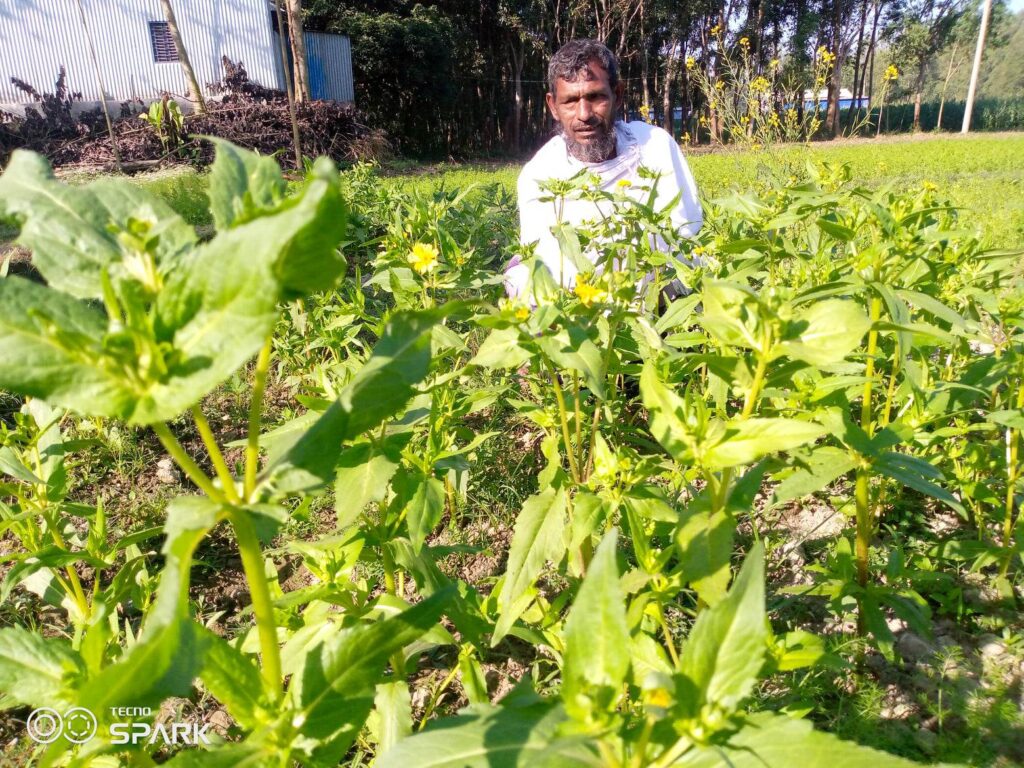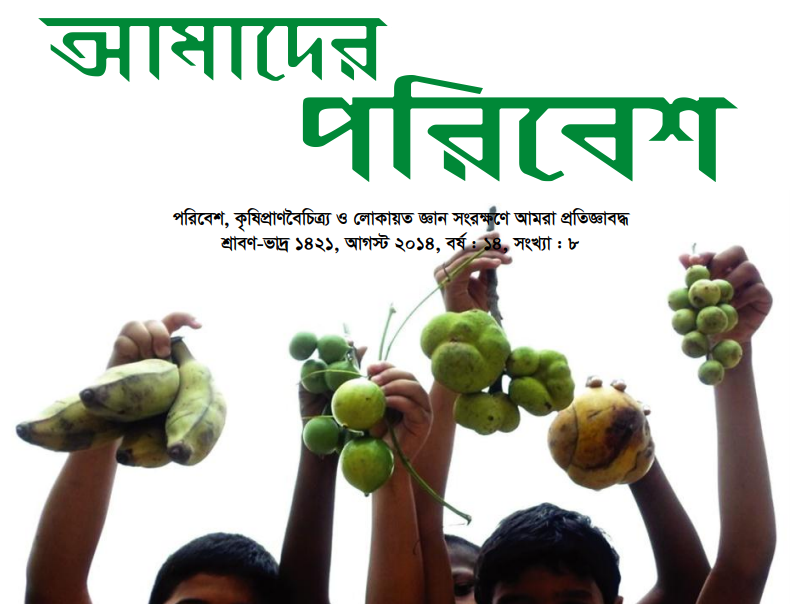Sattaranjan Saha from Horirampur, Manikganj
‘You probably never heard of Garjon till (Niger seeds, Guizotia Abyssinica Coss) because this is among the crops that are neglected and underutilized and thus, it is on the verge of being forgotten.’ Said Md. Mojnu Bapari, of Andarmanik village in Horirampur of manikganj
“Back in 12 years, I myself cultivated Niger seeds on the river banks Padma and fallow sand bars in char (sandbars that emerged as islands within the river channel) of Harirampur upazila under Manikganj district in Bangladesh. We used to broadcast its seeds without any ploughing soon after the monsoon water receded. No intercultural operation was required, no irrigation needed and we did not need to spraying any chemical pesticides in it.’ He added.
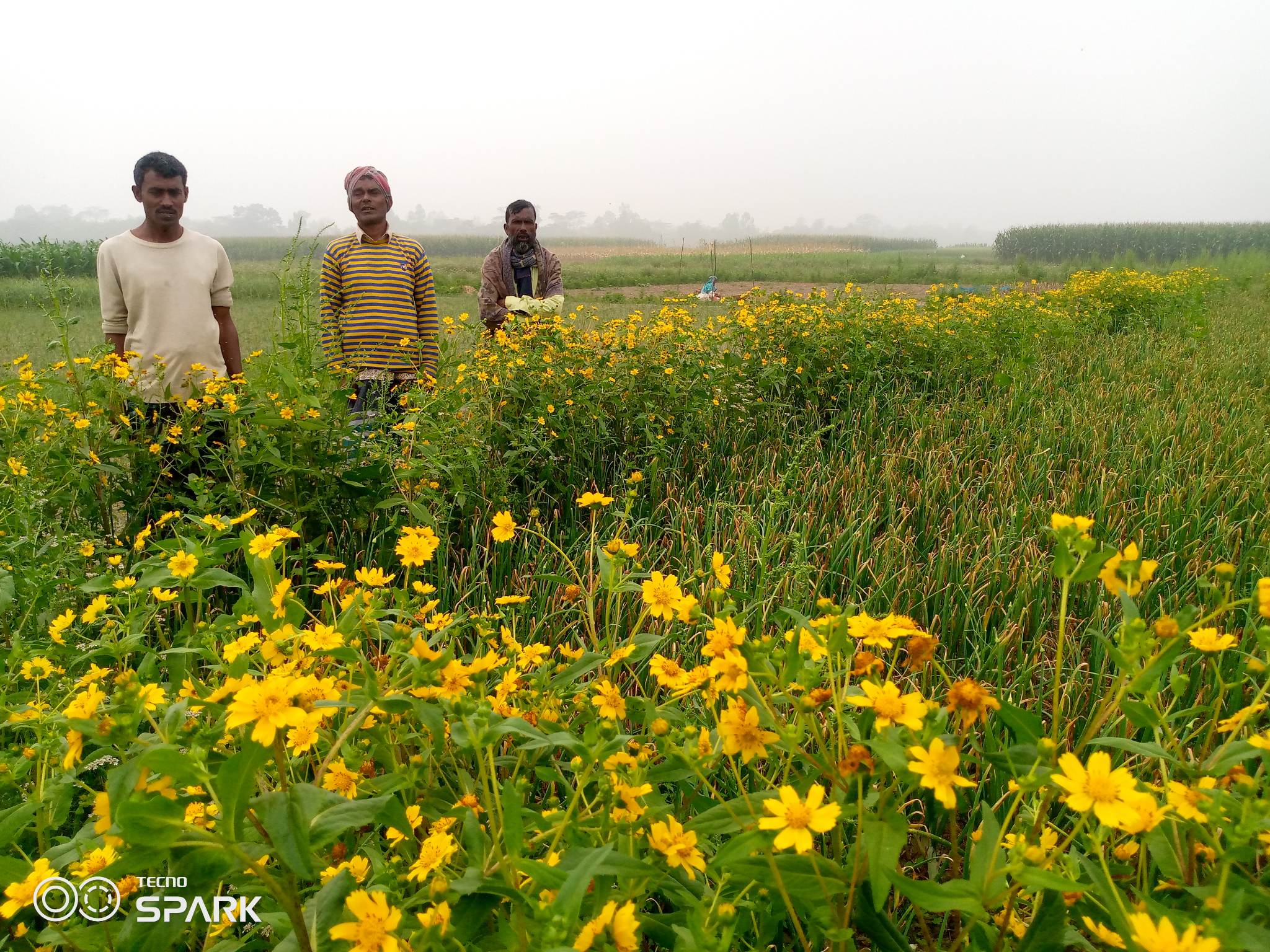
He went on saying, ‘In winter, when its flowering, enormous bees gathered for collecting honey that helps pollination and increased its yields naturally. After broadcasting the seeds in the month of October- November (Ashwin-Kartik in Bengali calendar), I used to harvest it after 110-120 days in the month of February- March (Magh-Falgun in Bengali calendar month) with a moderate harvest average 220 to 250 KGs of Garjon till seeds on 30 decimals of land.’ He mentioned that char’s sandy soil and climate are very suitable for Garjon till seeds cultivation. It is such a crops that grown well on river banks where no other crops can. Thus, Garjon till seeds are an essential crop for the char dwellers. According to him Garjon till seeds is much preferred by buffaloes and cattle as feed rearing in char areas. Its stems are used as fuel. Garjon till plants are used as fence in the crop field as cattle do not eat.
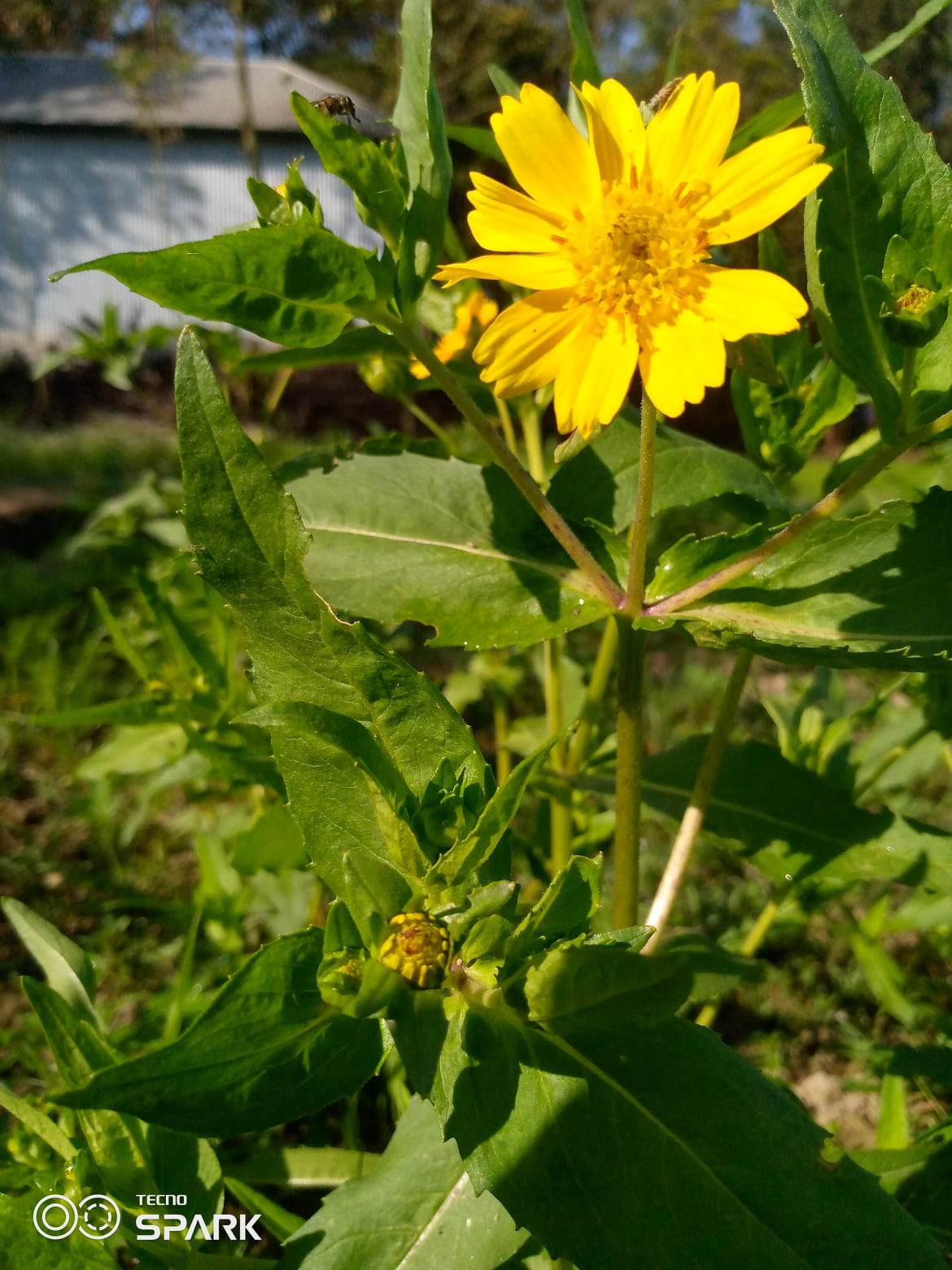
According to Mojnu Bapari, “Garjon till cultivation in our area is gradually decreasing due to frequent river bank erosion of Padmani River. This crop was entirely extinct from our areas since last 7/8 years. As it can be cultivated in sandy soil in our areas, I’ve searched its seeds in different places, unfortunately I didn’t able to get it. He added “in the current season only 2 farmers have been cultivating this crop with the support from BARCIK as they collected seeds from north-western drought prone for us. So far, 6 farmers in the area have asked for seeds for next year’s cultivation. Thanks to BARCIK whose help made it possible to bring back the lost crops” his face was shining then with gratifying smile.
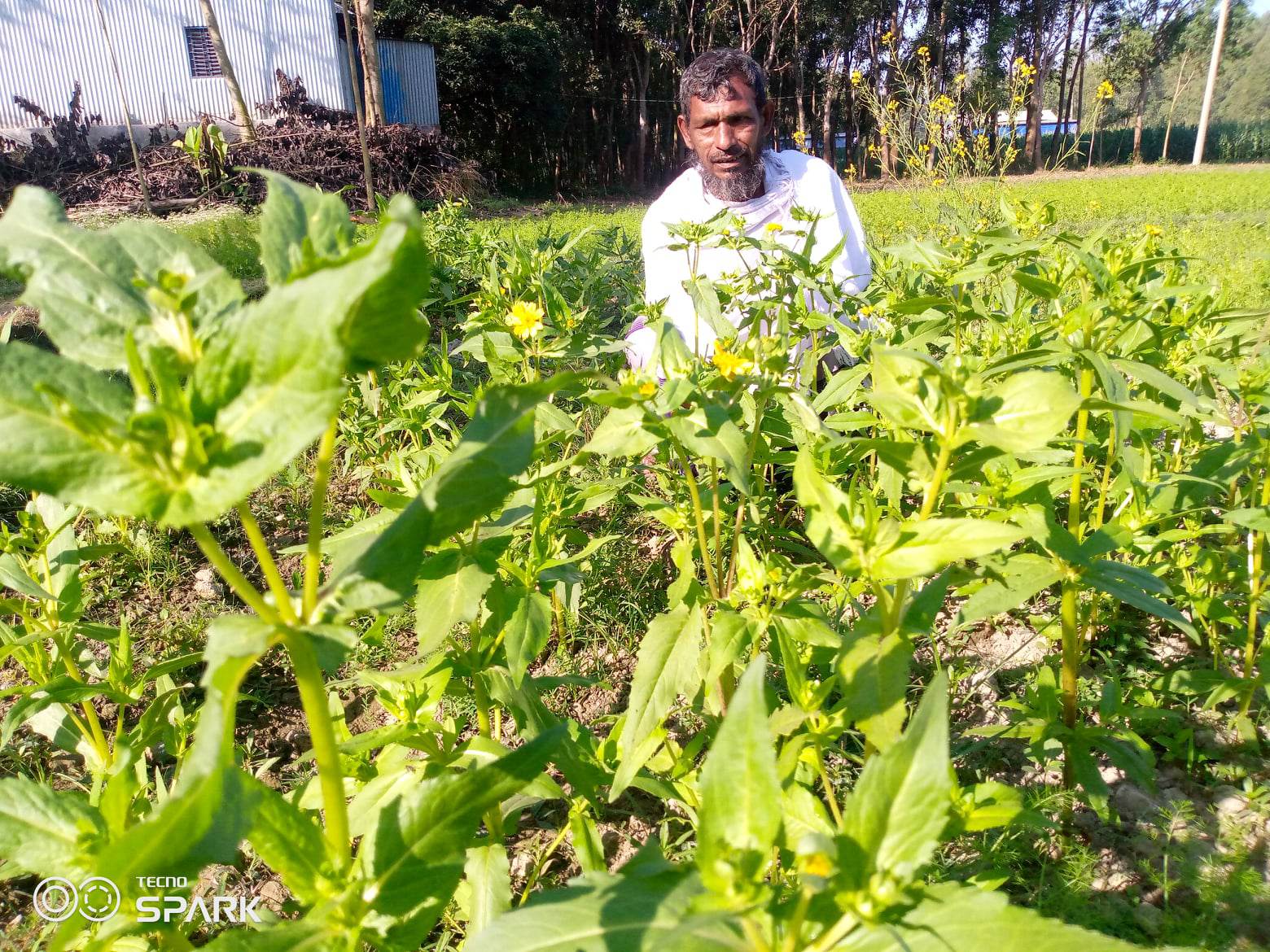
With the “on farm applied agricultural research”, BARCIK received the financial support from Misereor (Germany and Diakonia (Sweden) has been facilitating to raise awareness and promote the cultivation and consumption of many indigenous forgotten crops as they have multifarious importance but often overlooked by policymakers, researchers and extension agents in its all working areas.
Translated by: ABM Touhidul Alam

